China's slowing economy will not deter BRI outreach
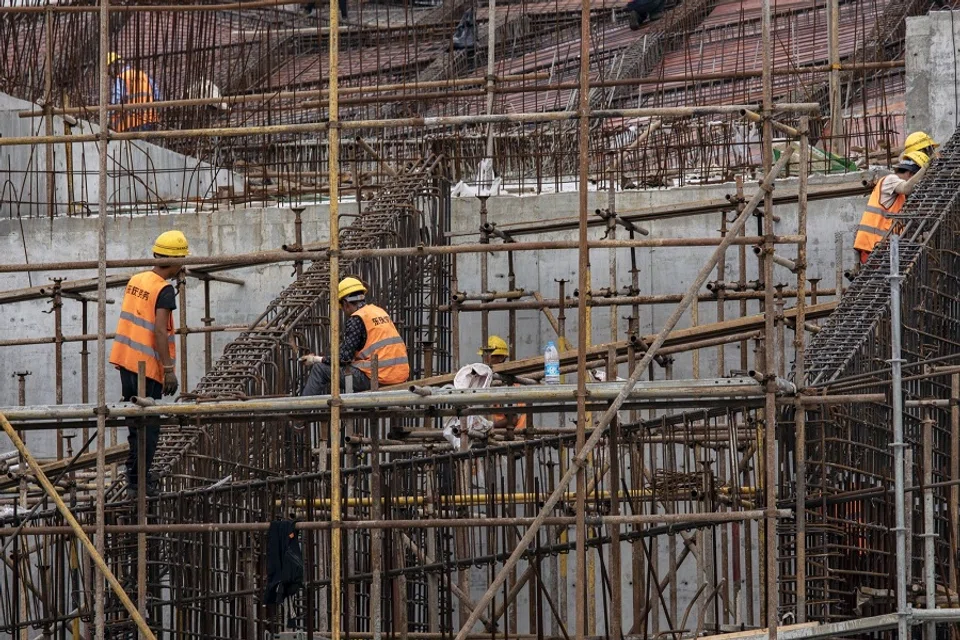
China's Belt and Road Initiative (BRI) will soon reach its tenth anniversary of implementation. As of July 2022, a total of 149 countries (38 from Asia, 27 from Europe, 52 from Africa, 11 from Oceania and 21 from the Americas) and 32 international organisations have signed up for it.
Such a response lends international credibility to this initiative. Collectively, the BRI countries account for over 60% of the global population and 40% of the global gross domestic product (GDP).
The BRI is important for the sustainable development of the Chinese economy, to secure global market access for Chinese firms, and to promote close trade and economic cooperation between China and the BRI countries via improving infrastructure connectivity. Against the backdrop of the world's changing geostrategic landscape, centred on the deepening strategic competition between the US and China, and the global Covid-19 pandemic, these driving forces mentioned remain unchanged, with the BRI apparently becoming even more important for China.
Inevitable slowdown
China's economy had previously undergone remarkable growth since the early 1980s. Nevertheless, the Chinese economy has been slowing down quite dramatically since 2010. In addition to downward pressure due to the weakening of economic comparative advantages such as the supply of cheap skilled labour and land costs, China's economy is now facing significant headwinds from the challenging global geostrategic environment, the sporadic local outbreaks of Covid-19 pandemic and lockdowns in cities, the longstanding structural issues riddling the domestic economy, and an ageing population.
... the renewed outbreak of new Covid-19 variants and lockdowns might further suppress the already-weakened Chinese growth.

Although it showed a promising growth recovery in early 2022, with year-on-year first quarterly growth of 4.8%, the local outbreaks of new Omicron variants in several cities (e.g. Shanghai and Chengdu) have taken a heavy toll on the Chinese economy since the second quarter of 2022, and contributed further to curbing industrial output and domestic demand, putting severe downward pressure on economic growth. According to official data, China's retail sales and manufacturing output fell by 11.1% and 4.6%, respectively, in April 2022, compared to the corresponding figures for April 2021.
The Chinese economic slowdown is proven to be worse than anticipated. According to the International Monetary Fund's updated assessment in July 2022, China's real economic growth rate will be downgraded to merely 4.4% in 2022, primarily due to the pandemic outbreak and its zero-Covid policy, which will be the lowest growth in over 40 years (excluding the growth rate of 2.2% in 2020 during the initial pandemic outbreak in Wuhan).
Meanwhile, the renewed outbreak of new Covid-19 variants and lockdowns might further suppress the already-weakened Chinese growth. Its economic growth in 2022 is expected to be significantly lower than the target of 5.5% set by the Chinese government at the beginning of this year.
Given its weight in the global economy, the economic slowdown in China has global consequences. Many countries have benefited from the surging Chinese domestic demand due to China's tremendous economic growth in areas ranging from mineral resources to commodities, from agricultural products to semiconductors.
Although the loans provided by the Chinese banks are essential in financing the BRI projects abroad, to prioritise domestic economic stability, Chinese banking institutions will have to lend more domestically, rather than spending billions of dollars abroad as before.
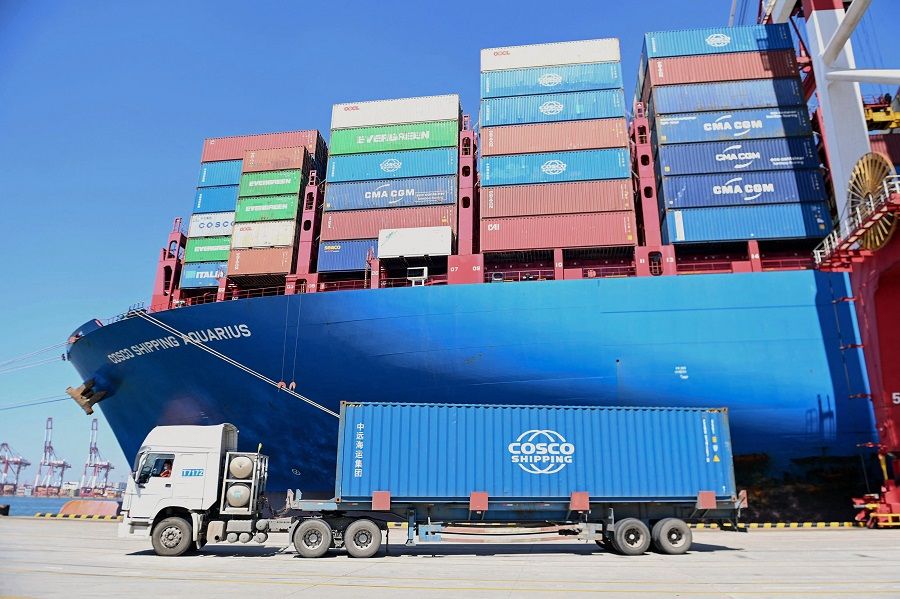
China has become one of the most prominent markets for countries such as Mongolia, Congo, Chile, Australia, Myanmar, Laos and Peru. China's economic slowdown has not only caused disruption to the global supply chain, but also it could generate negative spillovers for these countries' exports to China due to weakening domestic industrial production and decreasing consumption demands in China.
Less generous with BRI loans
China's economic slowdown is also likely to adversely affect its ambitious global plan for BRI implementation, putting further strains on the initiative and forcing the Chinese authorities to recalibrate the scope and form of its implementation. Although the loans provided by the Chinese banks are essential in financing the BRI projects abroad, to prioritise domestic economic stability, Chinese banking institutions will have to lend more domestically, rather than spending billions of dollars abroad as before.
Against its domestic economic slowdown, it could be hard for China to sustain its once rapid growth of lending associated with the BRI projects in the future. The BRI's implementation will be slowing down as a result of the global coronavirus pandemic and the more challenging global geostrategic environment.
... for various reasons, the economic slowdown in China will not stop Beijing's push for BRI implementation.
The Covid-19 pandemic has disrupted many developing economies and their finances. Some projects under construction or at the planning stage may have to be scaled back or suspended. These countries encounter difficulties in debt repayment for the Chinese-funded BRI infrastructure projects. The pandemic has also undermined the ability of the BRI countries to host further BRI projects and to contemplate massive capital expenditures on infrastructure construction.
Despite setbacks, BRI push will continue
Having said that, for various reasons, the economic slowdown in China will not stop Beijing's push for BRI implementation. First, many developing BRI countries, from Asia to Africa, and from the Pacific Islands to Latin America, are still facing bottlenecks in boosting trade within their borders or across them due to chronic infrastructure shortages and poor inter-regional connectivity.
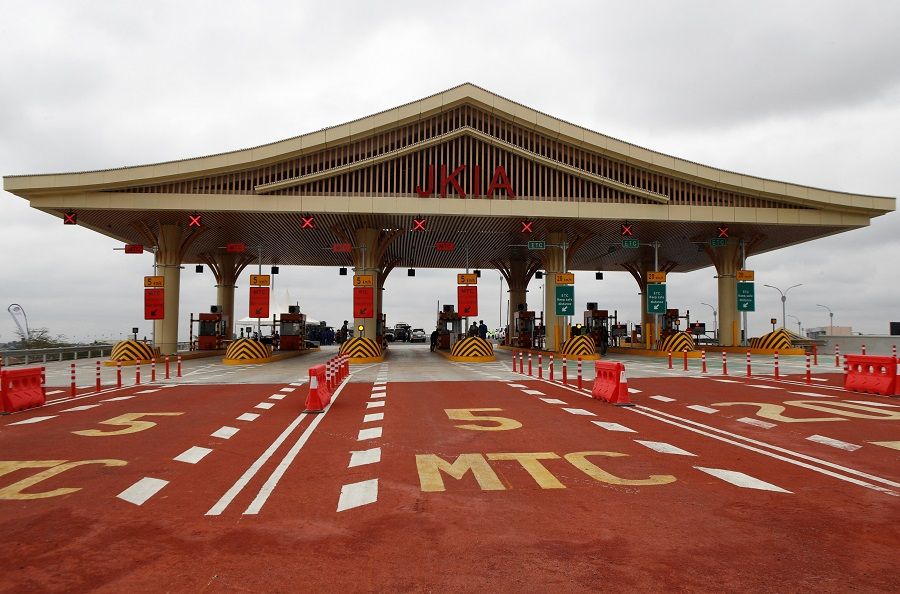
Their economic growth potential has thus been untapped. To quote an old Chinese saying: "If a country wants to get rich, then build roads first." In other words, infrastructure readiness lays the foundation for economic prosperity. These countries have huge investment demands for infrastructure development and they are still welcoming the Chinese investment in their infrastructure sector.
China's investment in the BRI countries has remained robust, and Chinese firms are still pumping money into the BRI projects abroad even amid the pandemic and the challenging global geostrategic environment. According to the Ministry of Commerce of China, Chinese direct investment in BRI countries had increased from US$12.6 billion in 2013 to US$18.6 billion in 2020, accounting for 14% of China's total outbound direct investment.
Chinese construction companies have built roads, rail lines, seaports, airports, power plants and communication facilities across the BRI countries since 2013. The annual growth of the contract values of new construction projects undertaken in the BRI countries was 10.2% between 2013 and 2020.
A case in point is the Port of Piraeus in Greece. Since a Chinese firm took over the operation and management of the port's terminals in 2016, this firm has invested in upgrading the port and related facilities. The port of Piraeus has now been transformed into one of the busiest commercial ports in the Mediterranean Sea, and has become a poster child for the BRI.
The BRI serves as an important platform for China to push for its ambitious agenda on regional and global governance reform.
A say in shaping international rules
Second, to accompany its economic rise, China is keen to play a key role in reshaping the international system and rules, rather than being shaped by the changing world. The BRI serves as an important platform for China to push for its ambitious agenda on regional and global governance reform. In particular, China wants to have a bigger say in reforming global economic governance as a reflection of its rising economic status and shifting of the global power balance.
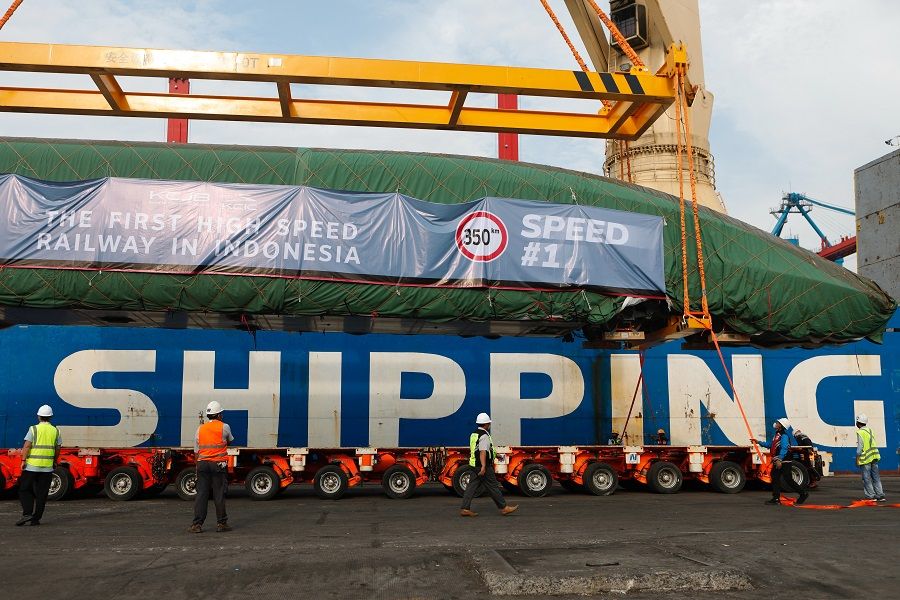
Third, the BRI has a historical resonance with the century-old Silk Road linking the vast Eurasian continent to East Asia. The BRI's historical association with the Silk Road would increase the appeal of participation among regional countries and beyond, encouraging China to stick to promoting the BRI brand, and helping to boost its soft power abroad.
Fourth, the BRI is President Xi Jinping's signature project, and it is directly associated with his legacy. The Belt and Road concept fits well into Xi's world view of "building a global community for a shared future". To use Xi's own words: "China is willing to work with all sides to build a community with a shared future for mankind through the high-quality development of the Belt and Road cooperation."
... the BRI has demonstrated to be incredibly adaptable and flexible in practice.
It was announced that the CCP's 20th Party Congress will be held in mid-October 2022. Xi's leadership and grip on the party will be further cemented by his gaining an unprecedented third term as the CCP general secretary. The Chinese leadership team under Xi is determined to push for the BRI's implementation in the future despite various external and internal challenges.
In addition, the BRI has demonstrated to be incredibly adaptable and flexible in practice. The Chinese authorities have been willing to listen to the recipient countries involved in the BRI and adopted readjustment measures for its implementation after the second BRI summit held in 2019.
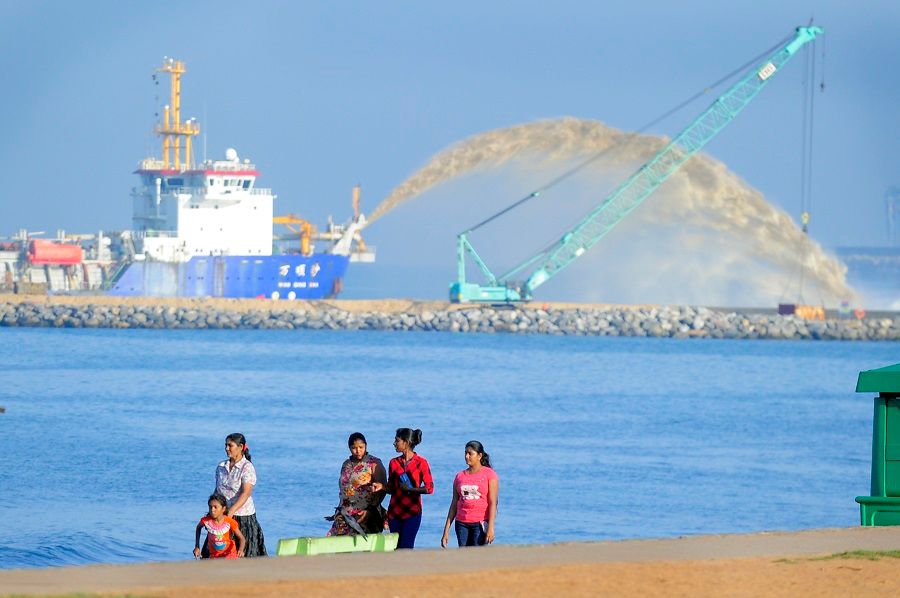
For example, in response to pressure from the governments and local communities in the BRI countries, Chinese firms have been more willing to employ local workers. They have provided skills training by setting up Luban Workshops, the Chinese version of vocational training colleges, named after a legendary Chinese craftsman, in various countries.
BRI 2.0 also seeks to make Chinese-funded projects more commercially viable and financially sustainable for the recipient countries, as well as to promote the greening and localisation of BRI projects.
Transitioning to BRI 2.0
In response to the criticisms from their BRI partner countries and the shortcomings exposed by infrastructure project implementation, China has been making efforts to modify the original Belt and Road Initiative in the form of the BRI 2.0.
BRI 2.0 is intended to expand BRI cooperation to new areas such as the digital and health fronts in the BRI countries in the post-Covid-19 era, departing from the initial infrastructure-centred outreach approach.
BRI 2.0 also seeks to make Chinese-funded projects more commercially viable and financially sustainable for the recipient countries, as well as to promote the greening and localisation of BRI projects. China also encourages the BRI countries to align their own development strategies with the initiative.
The Green Investment Principles (GIP) for the Belt and Road, which were co-initiated between China and the UK, are a case in point.

China is also expected to conduct a more rigorous assessment of project risk management and domestic financial sustainability of the BRI countries in the post-Covid-19 era. To reduce the domestic financial burden, China is shifting its bilateral approach for project financing to a more multilateral approach through collaborating with multilateral development banks and private investors.
Moreover, the BRI is being transformed by incorporating policy deliberation and consultation at the early stage. China has made efforts to gradually institutionalise the initiative over the past several years. The Green Investment Principles (GIP) for the Belt and Road, which were co-initiated between China and the UK, are a case in point.
The GIP is a set of principles for promoting green investment in the BRI countries, and it includes seven principles at three levels, namely strategy, operations and innovation. The GIP has expanded its membership to 40 global institutions (including the big four state-owned commercial banks and two state policy banks in China) and 11 supporters from 15 countries* (although a few countries so far have not signed up for the BRI).
*These 15 countries include China, the UAE, Kazakhstan, Thailand, Morocco, France, Germany, Singapore, Pakistan, the US, Mongolia, Japan, Luxembourg, the UK and Switzerland.
Related: [Future of China] China's ten-year-old BRI needs a revamp | [Future of China] China's BRI seems irreplaceable, for now | [State of our world] Is the world really heading into disorder? | Sri Lanka: A lesson in debt trap diplomacy | China wants to win the world over with the BRI, but something's amiss | Funding wars between China and the West: The politics of bankrolling developing countries
